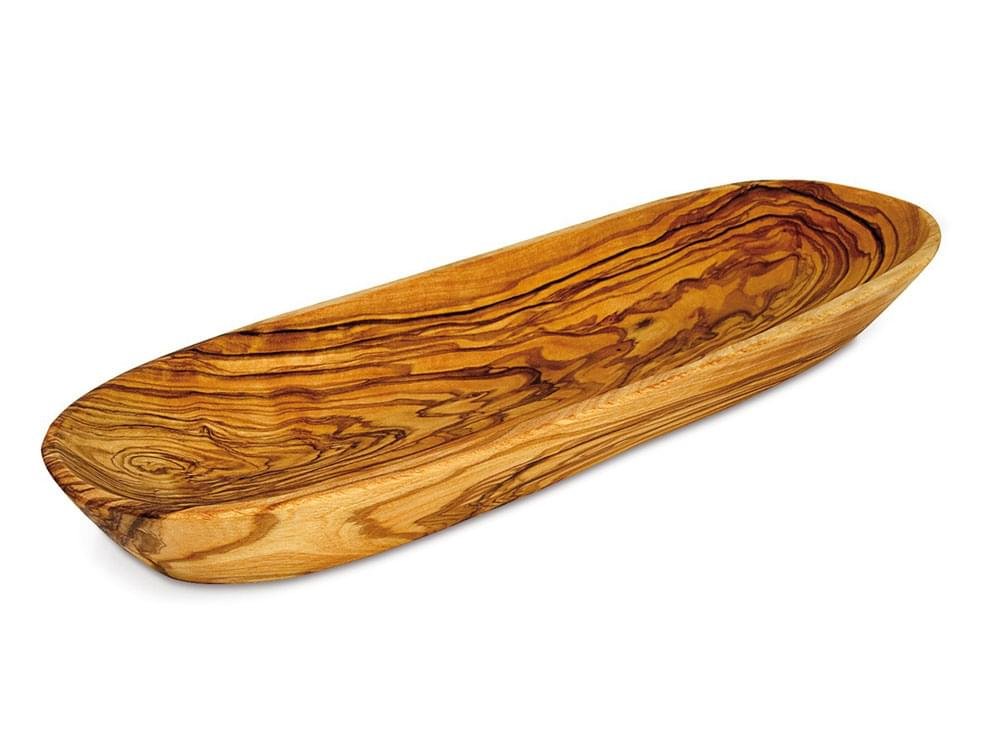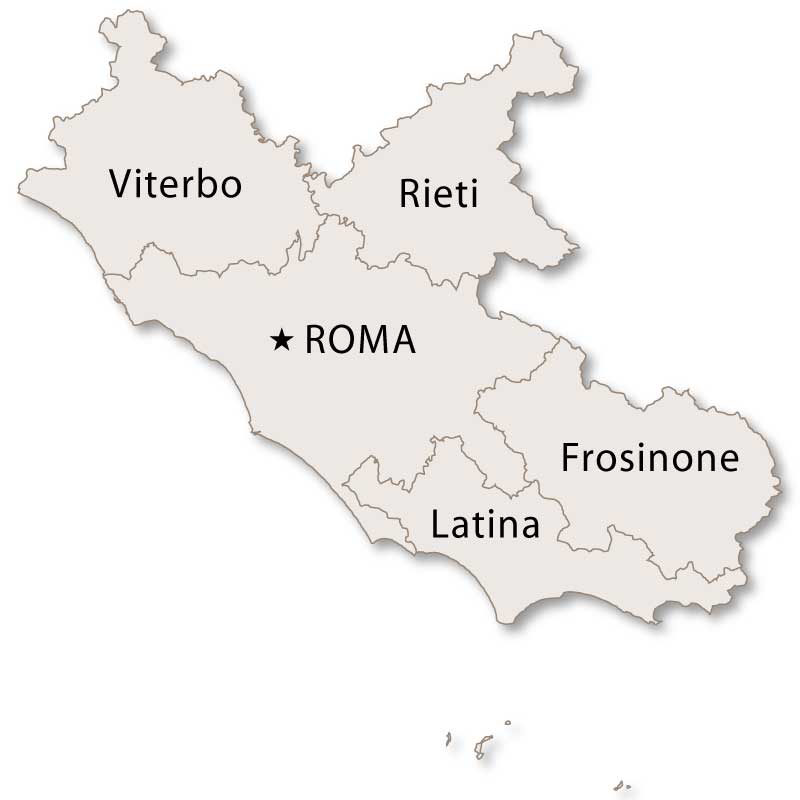
The province of Viterbo lies in northern Lazio, a region often referred to as Tuscia due to its deep Etruscan roots. Stretching from the Tyrrhenian Sea to the rolling hills of Umbria and Tuscany, it is a land of thermal waters, medieval towns and mysterious ruins.
Unlike many well-trodden Italian regions, Viterbo province retains a tranquil and authentic atmosphere. Its varied landscapes, archaeological sites and cultural traditions offer a captivating experience for those seeking history, relaxation and beauty off the beaten path.

Viterbo province is one of Italy’s richest areas for Etruscan heritage. Before the rise of Rome, this land was part of the Etruscan heartland, dotted with cities, necropolises and sanctuaries. The remains of this ancient civilization still dominate the countryside, especially near Tarquinia and Vulci.
In Tarquinia, the UNESCO-listed Monterozzi necropolis contains vividly painted tombs that offer insights into Etruscan beliefs and daily life. Vulci, once a powerful Etruscan city, today features a large archaeological park where visitors can explore ruins, bridges and museums surrounded by nature.
The province is renowned for its medieval towns, many of which appear almost untouched by time. Viterbo itself, once a papal seat, has one of the best-preserved medieval centers in Italy. The San Pellegrino district is a maze of stone alleys, towers and arches that evoke a bygone era.
Other notable towns include Tuscania, with its twin Romanesque churches and sweeping countryside views, and Civita di Bagnoregio, a dramatic hilltop village accessible by footbridge. Called the dying town, Civita is slowly crumbling due to erosion, but its haunting beauty is unforgettable.
Viterbo province has long been celebrated for its natural hot springs, known and used since Etruscan and Roman times. These sulfur-rich waters continue to attract visitors seeking relaxation and healing. The Terme dei Papi near Viterbo offers thermal pools, mud treatments and Roman-style spa experiences.
Other springs like Bagnaccio and Bullicame are more rustic and popular with locals. Surrounded by nature and often free to access, these warm pools offer a soothing escape in a rural setting. The presence of so many thermal sources gives the province a reputation as one of Italy’s spa capitals.
Viterbo province is steeped in religious history and sacred architecture. The Cathedral of San Lorenzo in Viterbo and the adjoining Papal Palace are linked to the medieval papacy, including the first papal conclave. The churches of Montefiascone, Bolsena and Sutri are also rich in religious art and legend.
Bolsena is traditionally associated with the Eucharistic Miracle of 1263, which inspired the Catholic feast of Corpus Christi. Nearby, the Basilica of Santa Cristina includes ancient catacombs and relics, making it a destination for pilgrims and history enthusiasts alike.
The province is home to some of central Italy’s most peaceful and scenic natural spots. Lake Bolsena, the largest volcanic lake in Europe, lies in the province’s heart and is surrounded by olive groves, vineyards and sleepy lakeside towns. It is ideal for swimming, boating and lakeside dining.
Monte Rufeno and the Selva del Lamone nature reserves protect forested hills, rare flora and wild animals, offering trails for hiking and birdwatching. The countryside throughout the province is dotted with farms, medieval towers and panoramic viewpoints, making it perfect for scenic drives and outdoor activities.
The landscape of Viterbo province is dotted with castles and noble estates that reflect centuries of power struggles and family dynasties. Castello Orsini in Soriano nel Cimino is an imposing fortress that dominates its town and once hosted Renaissance nobles and popes.
In Caprarola, the stunning Palazzo Farnese is a masterpiece of Renaissance architecture with spiral staircases, frescoed halls and geometrically designed gardens. The palaces and castles of the province offer insight into the life of Italian nobility and the artistic heights of their eras.
Viterbo province maintains strong ties to its cultural roots through festivals and local traditions. One of the most famous events is the Macchina di Santa Rosa, a towering illuminated structure carried through the streets of Viterbo each September in honor of the city’s patron saint.
Other towns host olive harvest festivals, medieval reenactments and religious processions that bring communities together and welcome visitors. These events offer the chance to experience traditional music, costumes, and cuisine while connecting with the heart of local life.
The cuisine of Viterbo province is deeply influenced by rural traditions and local produce. Dishes are hearty and simple, with ingredients like lentils, chickpeas, wild boar, chestnuts and porcini mushrooms taking center stage. Eel and fish from Lake Bolsena are regional delicacies.
Local specialties include acquacotta, a rustic soup made with bread, vegetables and olive oil, and pici, a thick handmade pasta often served with tomato or meat sauces. The province also produces excellent wines, such as Est! Est!! Est!!! from Montefiascone and red blends from the Tuscia DOC area.
Traditional crafts are still practiced throughout the province, reflecting skills passed down through generations. In towns like Vetralla and Ronciglione, artisans produce ceramics, textiles and ironwork using centuries-old techniques. Markets and workshops offer locally made goods and souvenirs.
Wood carving, leather goods and lacework also form part of the province’s artisanal identity. These crafts are often showcased during village festivals and fairs, where visitors can watch demonstrations and purchase one-of-a-kind handmade items directly from local makers.
Viterbo province is easily reached from Rome by car or regional train. The town of Viterbo itself is just over an hour and a half away from the capital and makes an ideal base for exploring the surrounding area.
Spring and early autumn are the best times to visit, when the countryside is green and the climate is pleasant. Summer is great for lake activities and festivals, while winter offers a quieter experience, particularly ideal for spa visits and relaxing in warm thermal waters.
The province of Viterbo offers a richly layered experience that combines ancient civilizations, medieval towns, sacred traditions and natural beauty. It is a place where history and nature intertwine in a peaceful and captivating setting.
Whether you are exploring Etruscan tombs, soaking in thermal springs, walking through centuries-old streets or enjoying local food and wine, Viterbo province invites you to slow down and connect with the authentic rhythms of central Italy.

More Details



